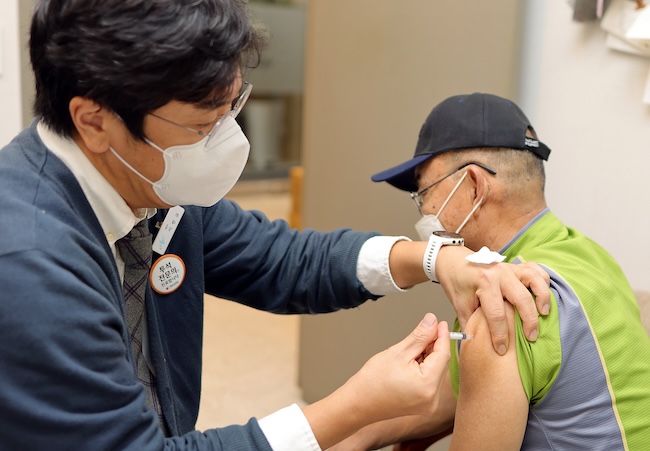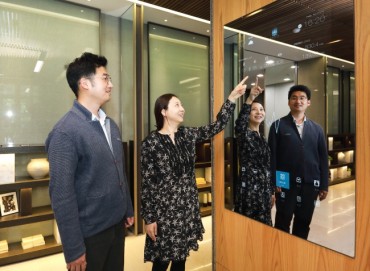
KDCA reported on January 25 that the number of new COVID-19 cases in the third week of January slightly increased to 5,383, a 7% rise from the previous week. (Image courtesy of Yonhap)
SEOUL, Jan. 26 (Korea Bizwire) — The Korea Disease Control and Prevention Agency (KDCA) reported on January 25 that the number of new COVID-19 cases in the third week of January (January 14 to January 20) slightly increased to 5,383, a 7% rise from the previous week.
According to the KDCA’s ‘COVID-19 Positive Case Sample Surveillance Weekly Newsletter,’ the new cases marked a gradual increase since reaching a low of 4,649 in the third week of December. Since then, the numbers have fluctuated, consistently maintaining around 5,000 cases per week.
The number of new cases among seniors aged 60 and above was 1,839 (34.2%), a slight decrease both in number and proportion from the week before (1,753 cases, 34.7%). The proportion of positive cases in this age group has been increasing, maintaining around 34% for two consecutive weeks in January, up from 31-32% in December.
The prevalence of the JN.1 variant, currently spreading as the dominant strain worldwide, has rapidly increased and now constitutes the largest portion of variant cases in South Korea. The detection rate of JN.1 in the third week of January was 39.4%, a 15.2 percentage point increase from the previous week, continuing a ten-week rising trend. JN.1, known for its strong immune evasion capabilities, originated from the BA.2.86 (Pirola) variant.
Conversely, the detection rate of the HK.3 variant, reclassified from Omicron sub-variant EG.5, decreased to 31.6%, a 10.1 percentage point drop from the previous week, continuing a downward trend since December. The detection rate of EG.5 also decreased by 7 percentage points to 10.6%.
Since downgrading COVID-19 from a level 2 to a level 4 infectious disease last August, health authorities have ceased comprehensive monitoring. Currently, they are observing COVID-19 case levels at 527 medical institutions, designated at a rate of one per 100,000 people.
In its statement, the KDCA emphasized, “Even if one has been infected with COVID-19 or vaccinated, immunity can wane over time,” and advised getting vaccinated as a precautionary measure.
M. H. Lee (mhlee@koreabizwire.com)






